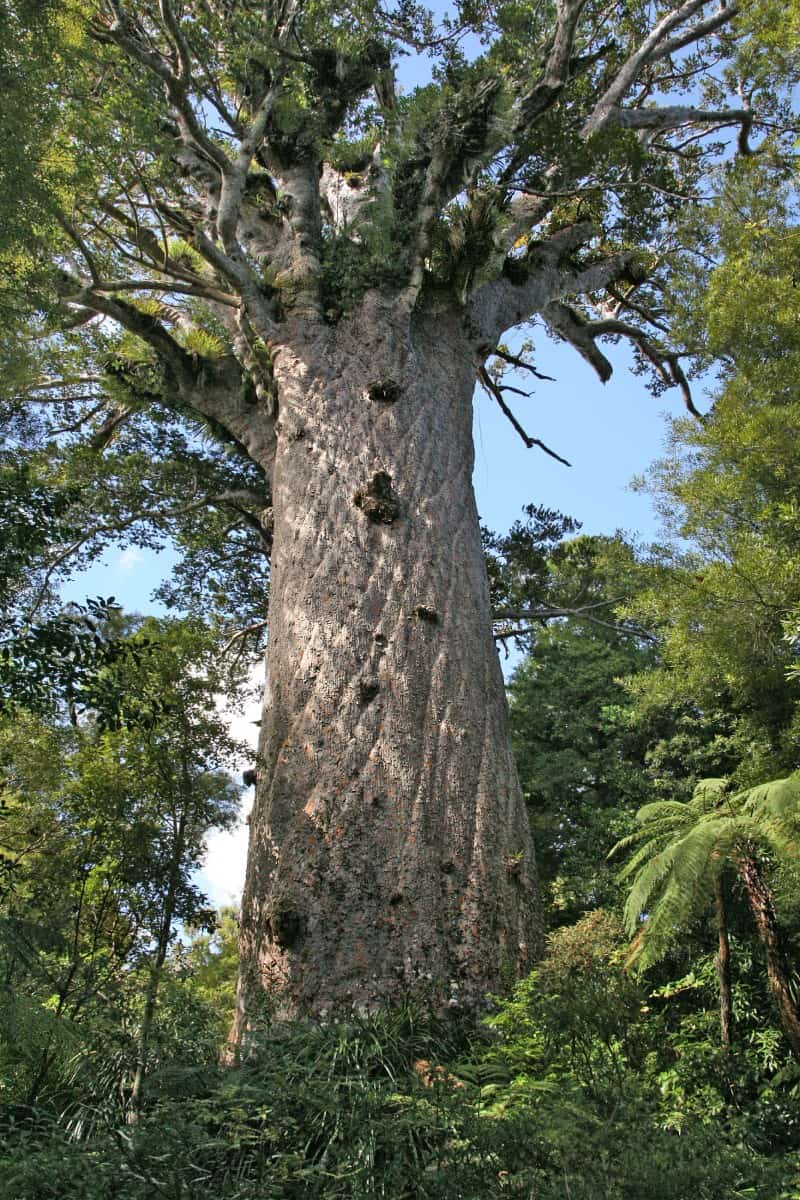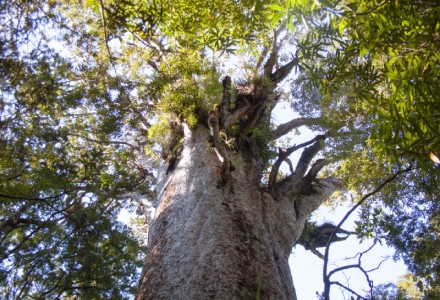
Photographer: W. Bulach
CC License: http://bit.ly/2zBWbKi
Kauri Tree Facts
- Better known by its common name of the Kauri Tree, the magnificent Agathis australis inhabits a highly restricted habit range.
- Its common name also derives directly from the language of the indigenous Maori people, who inhabit its native territory.
- It also represents an extremely long-lived species. Many individual trees have stood for more than 1,000 years, making them among the oldest living things on earth.
- Due to some of the rather unique properties of this species, it tends to dominate whatever forest it develops in.
- Due to its restricted range of habitation and the threat posed by climate change, the IUCN lists this species as Conservation Dependent.
Related Articles
Bristlecone Pine Monkey Puzzle Tree Bois Dentelle
Kauri Tree Physical Description
The fabulous Kauri Tree also sometimes attains heights of as much as 164 ft (50 m), although most specimens remain slightly smaller than this.
This remarkable tree also remains best known for the incredible girth of its trunk. An average mature specimen has a girth of about 16.5 ft (5 m).
Its trunk tends to grow rather straight for a tree of its girth. The leaves average about 3 in (7.5 cm) in length, and about 0.4 in (1 cm) broad.
However, a rather distinctive feature of this species remains the fact that its bark tends to flake off and accumulate near the base of the tree.
- Kingdom: Plantae
- Phylum: Pinophyta
- Class: Pinopsida
- Family: Araucariaceae
- Genus: Agathis
- Species: A. australis
Photographer: Mr. Tickle
CC License: http://bit.ly/2IjEG4n
Kauri Tree Distribution, Habitat, and Ecology
The rather incredible Kauri Tree only inhabits the northern regions of North Island, in New Zealand, near the continent of Australia.
It also tends to inhabit a highly specific type of habitat. It primarily appears on the crests of hills, within various forests.
Each tree produces both male and female seed cones. Fertilization occurs via pollination after the seeds have been spread by the wind.
This tree also tends to grow in small groups or clumps in the forests it inhabits. There, it tends to dominate the other tree species.
Like many varieties of large tree, this species also displays a rather slow rate of growth.
Species Sharing Its Range
Kakapo Pennantia baylisiana Eucryphia
Check out our other articles on Rainbow Eucalyptus, Buddha’s Hand, Macquarie Island, Yellow Throated Marten, Giant Wood Moth, Wilson’s Bird-of-paradise, Sea Lamprey

